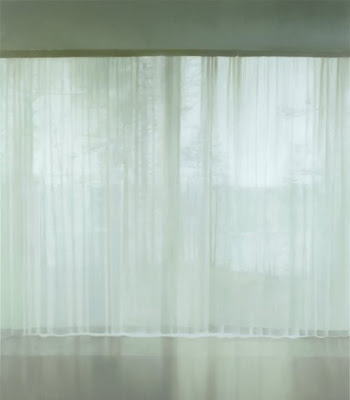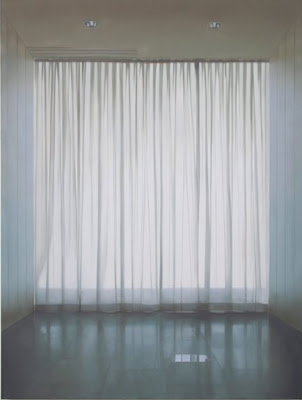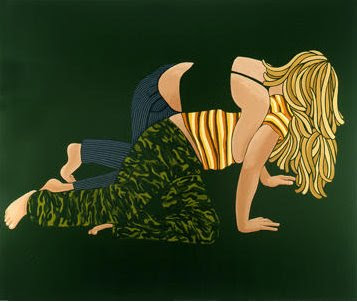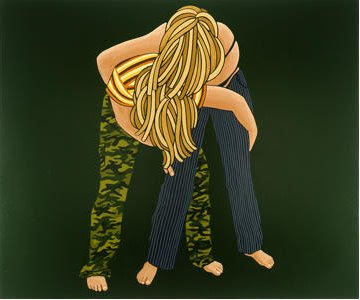For our final project we will create a series of images of a single subject. This set of images will be a way to explore this subject from a number of different perspectives, angles, or ideas. The subject is up to you- but it should be very specific. “Sunsets” is not a good theme. Instead, try think about where/when you experienced this subject in a personal or unusual way. Therefore, “cloudscapes that I experienced while driving cross country” might be a better theme.
Once you have chosen the subject, consider the various ways that you can describe it. For example, Claude Monet painted the front of the Rouen Cathedral over and over, each time changing the colors depending on the time of day he observed. He did the same with haystacks. The end result is that his paintings radiate color and light, instead showing a touristy view of the cathedral. Another option would be to describe the same subject from a number of different perspectives. This might involve a micro/macro view or simple changing the angle of the view. You might describe the same subject at in different lighting conditions, settings, or versions.
As before, any and all watercolor materials and techniques are open to you. Your style should suit the subject and your abilities as an artist (you can paint loose or tight, naturalistic or abstract). As you complete these 3 images, you should be able to discuss how and why these 3 images describe something special about this subject that we would not understand from a single image (ie. Monet’s Cathedral). These images should be 9 x 12 inches or larger and will be due on April 28.
Materials
Watercolor paints, paper, brushes, pencil, eraser, water, palette, cup, paper towels or rags.
Other techniques may use collage, pen and ink, etc.
Consider
Which subject do you find fascinating or compelling for watercolor painting? How can you describe it in an interesting, unusual, and/or personal way?
How can you create a series that describes different aspects, perspectives, or ideas of this subject?
How can you use watercolor to create three appealing images?
What is the overall effect of these different perspectives on our interpretation of the subject?
Part 1
Decide on the subject or several options for your subject. Bring source materials like sketches, photos, books, etc. Do not bring images on your phone or laptop. Be prepared to discuss why and how you chose your subject.
Due April 14
Part 2
Complete painting #1. Show 6 thumbnail sketches (2 x 2 inch drawings with composition, perspective, and value), from which you will choose the final 2 paintings.
Due April 21
Part 3
Complete paintings #1, 2, and 3. Be prepared to discuss your project with the class.
Due April 28
Look at
Claude Monet painted this series of the Rouen Cathedral where he focused on color and light.


Paul Winstanley has focused on curains through which a soft light filters.

 Amy Adler creates simple but curious paintings of 2 girls wrestling.
Amy Adler creates simple but curious paintings of 2 girls wrestling.















